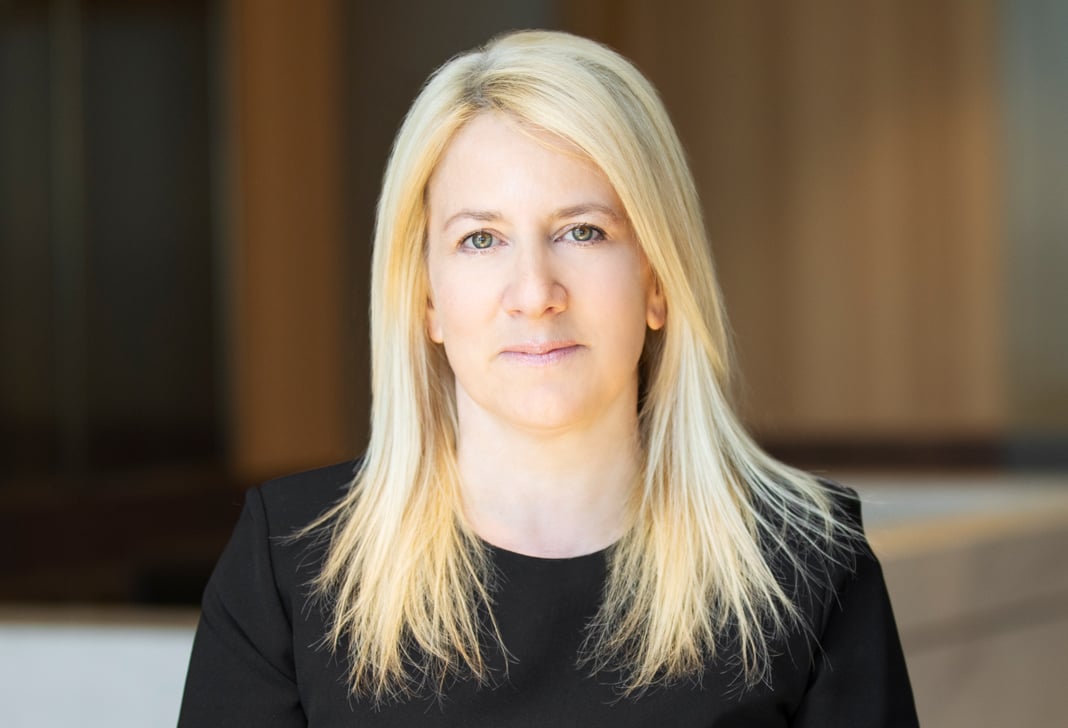Australian appeal court upholds patentability of Myriad's claims to nucleic acid sequences
Client(s) Myriad Genetics, Inc.
In a landmark Australian case, Jones Day client Myriad Genetics, Inc., secured a victory before the Federal Court holding that Myriad's claims to isolated nucleic acids are patentable under the Patents Act 1990. Under the Act, an invention is patentable if it is a "manner of manufacture," that is, an "artificially created state of affairs of economic utility."
The case was commenced in 2010 by Cancer Voices Australia and Yvonne D'Arcy. The application to revoke Myriad's claims to isolated DNA and RNA sequences was made on the basis that the claims did not constitute a "manner of manufacture" because isolated nucleic acid is a product of nature which is not "artificial" in that it contains the same information content (the coding sequence) as that found in the corresponding naturally occurring sequence. Myriad argued that the artificiality of the isolated nucleic acid sequence was demonstrated by the fact that the claimed sequence is chemically, structurally, and functionally different to that which is found in the human genome. For example, Myriad's uncontested evidence was that isolated nucleic acid (but not naturally occurring sequences) could be used as probes, primers, and in diagnostic testing.
At first instance, Justice Nicholas rejected the submission that isolated nucleic acid was chemically different to naturally occurring DNA and RNA (and made no finding in relation to the structural and functional differences identified by Myriad). Nevertheless, his Honour upheld the validity of Myriad's claims including on the basis that it would be an "odd result if a person whose skill and effort culminating in the isolation of a microorganism (or nucleic acid sequence) could not be independently rewarded by the grant of a patent."
On 5 September, the enlarged Bench of the Full Court unanimously dismissed the appeal. It did so on the basis that Australian law does not recognize an exclusion from patentability for "products of nature." Significantly, the Court held that Myriad's claim, when properly construed, was not to a code, or information, or to the written sequence, but to a chemical entity. The Court went on to hold that the claimed chemical entity was "artificial" in that it was chemically, structurally, and "most importantly" functionally different to that found in nature.
In reaching its conclusion, the Full Court distinguished the decision of the U.S. Supreme Court in Association for Molecular Pathology v. Myriad Genetics, Inc. The Full Court considered that the U.S. Supreme Court decision was based on the "products of nature" exception under U.S. patent law, inapposite under Australian law. The Full Court, however, went further and expressed the view that the reasoning of the U.S. Supreme Court was difficult to reconcile with that Court's own endorsement of Diamond v. Chakrabaty and the finding that the claims were to a product of nature seemed to involve a "misplaced emphasis" on the "location and order of the nucleotides" rather than the chemical changes which resulted from the process of isolation.
Ms. D'Arcy has applied for special leave to appeal the decision to the High Court (the final avenue of appeal).
D'Arcy v. Myriad Genetics, Inc., Case No. [2014] FCAFC 115, Federal Court of Australia

